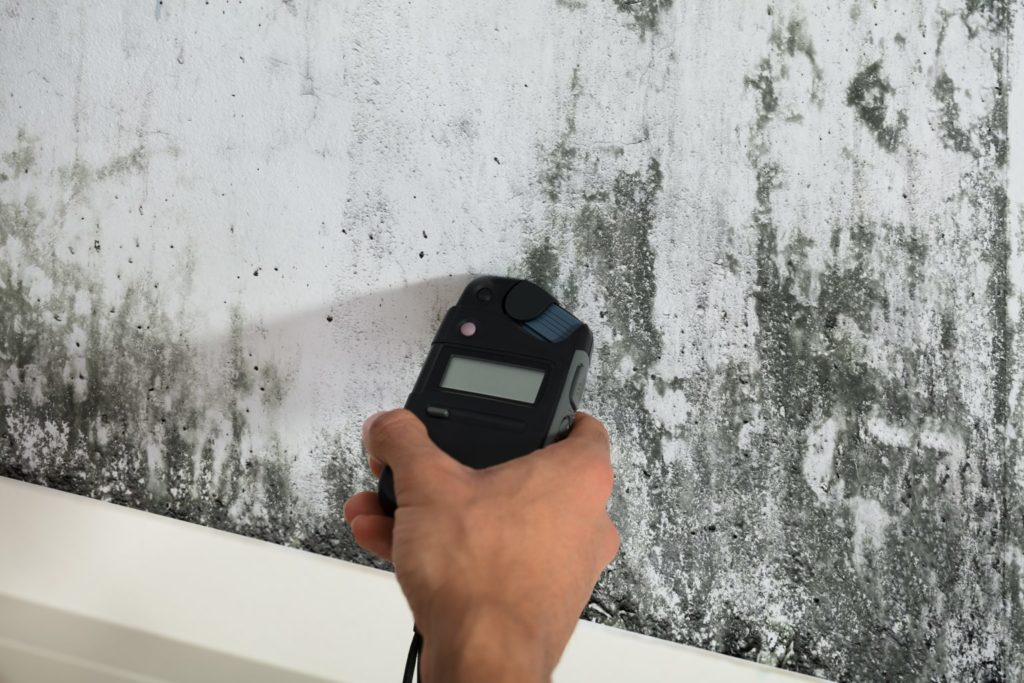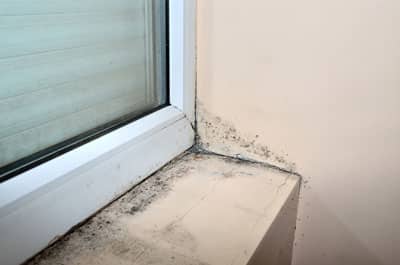Effective Message Mold Removal Solutions for Your Home
Mold growth in homes can be a relentless problem, frequently calling for an organized method for reliable post-remediation solutions. From recognizing the aspects that contribute to mold and mildew growth to carrying out correct cleaning methods and dampness control measures, the procedure can be complex yet crucial for preserving a healthy and balanced living atmosphere. After mold remediation.
Understanding Mold Growth Variables
The main element contributing to mold and mildew growth is moisture. Mold spores require moisture to germinate and flourish, making moist or moist settings highly at risk to mold and mildew problems.

Moreover, airflow and light exposure can affect mold growth. Areas that lack correct air flow and all-natural light are much more prone to mold advancement. By addressing these elements comprehensively, individuals can properly reduce mold and mildew development and protect their living settings.
Correct Mold And Mildew Cleansing Strategies
Making use of effective cleansing methods is essential in attending to and stopping the recurrence of mold contamination in indoor atmospheres. When managing mold, it is vital to prioritize safety and security by using protective equipment such as goggles, handwear covers, and masks. The very first step in proper mold cleaning is to have the afflicted location to avoid the spread of spores to uncontaminated areas. This can be achieved by sealing off the space and using air scrubbers or unfavorable air machines to preserve air quality.

Implementing Moisture Control Actions
To successfully protect against mold development and contamination in indoor settings, applying wetness control measures is paramount. Moisture is the main variable that fuels mold and mildew development, making it vital to take care of moisture levels within the home. One reliable measure is to make use of dehumidifiers to maintain interior moisture degrees listed below 60%. Furthermore, ensuring proper ventilation in locations prone to moisture buildup, such as kitchens and shower rooms, can help reduce the danger of mold and mildew development. On a regular basis examining and repairing any kind of leakages in plumbing, roofs, or home windows is additionally vital in stopping excess dampness accumulation. Utilizing exhaust followers while food preparation or showering, and enabling air circulation by maintaining furniture somewhat away from wall surfaces can help in dampness control. Additionally, utilizing moisture-resistant materials in high-humidity locations, such as mold-resistant drywall and paints, can be beneficial. By vigilantly applying these dampness control steps, home owners can properly reduce the chance of mold and mildew recontamination and maintain a healthy interior atmosphere.
Utilizing All-natural Remediation Solutions
After efficiently implementing wetness control steps to prevent mold and mildew growth in indoor settings, homeowners can now explore the efficiency of all-natural removal options in maintaining a healthy living room. Natural remediation services utilize environmentally pleasant methods to fight mold and mildew and mold, making them a preferred selection for those seeking non-toxic choices. By integrating these all-natural remediation options right into their cleansing routines, homeowners can efficiently deal with mold and mildew development while visit this website advertising a much healthier indoor environment for themselves and their family members.

Preserving a Mold-Free Environment
In order to protect against mold and mildew reappearance and make sure a continually mold-free atmosphere, it is important for house owners to implement aggressive maintenance practices. Regularly examining locations prone to mold development, such as restrooms, attic rooms, cellars, and kitchens, is critical. Addressing any leaks, water damage, or excess dampness without delay can significantly minimize the danger of mold and mildew development. Post Mold Remediation. Proper air flow in areas with high moisture degrees is also crucial to protecting against mold development. Making use of dehumidifiers or exhaust followers can assist maintain optimal wetness levels and inhibit mold spores from thriving.
Furthermore, keeping sanitation in the home is essential for mold and mildew prevention. Routinely cleansing and dusting surfaces, carpets, and upholstery can aid remove mold spores before mold removal phelan they have a chance to resolve and multiply. Making use of mold-resistant items for construction materials and furnishings can better assist in creating a mold-free setting. Keeping indoor plants in check and making certain proper drain in outside landscaping can minimize dampness build-up, lowering the likelihood of mold problems. By adhering to these positive upkeep methods, home owners can effectively maintain a mold-free space.
Final Thought
To conclude, it is vital to address mold growth variables, use proper cleansing strategies, apply wetness control actions, use all-natural remediation remedies, and preserve a mold-free atmosphere in order to successfully handle post mold remediation in your home - Post Mold remediation cleaning. By complying with these approaches, you can stop mold and mildew from reoccuring and guarantee a healthy and balanced living environment for you and your household
The main element adding to mold growth is wetness. Mold spores call for dampness to grow and sprout, making moist or humid atmospheres extremely at risk to mold and mildew invasions.To effectively stop mold growth and contamination in interior environments, executing dampness control actions is paramount. In addition, making sure correct Full Article air flow in locations susceptible to moisture build-up, such as kitchen areas and shower rooms, can aid reduce the danger of mold and mildew development.After efficiently executing wetness control actions to prevent mold growth in indoor atmospheres, homeowners can now check out the effectiveness of natural removal solutions in keeping a healthy and balanced living space.